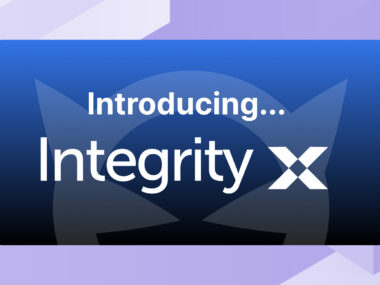How to Prepare DNS Infrastructure for a JEDI Cloud Migration
The Department of Defense is about to award the JEDI contract – and this means that agencies need to get ready for cloud migration. This episode explores how a strong DNS infrastructure can allow for a smoother transition into the cloud.

Now that the DOD JEDI cloud contract has finally been awarded, DOD agencies are starting to plan for their transition to the Microsoft Azure cloud. Migrating to the cloud is an intimidating prospect, with a fair bit of uncertainty:
“Where is the data going to live?”
“How are we going to move it?”
“How will we manage that infrastructure?”
Whether you’re in the public or private sector, BlueCat has a time-tested process to ensure that migration of your DNS infrastructure to the cloud is as smooth as possible. At a basic level, that means extending the functionality and reach of on-prem DNS into the cloud – it’s just that easy…and that complicated.
Sort out your (computing) resources
Before changing up how your agency’s DNS operates, you’ll need to determine the current state of play. Are you running an organized system on all new equipment with routinely updated software, or was your DNS infrastructure put in place while The Phantom Menace was in theaters? Overall, there is a high likelihood that your initial project scope will grow significantly as the true extent of the cloud deployment comes into focus. Ultimately, flexibility is key.
Put together an action plan
Once you have a general idea of what you’re working with, you can determine where your post-migration DNS will reside. This in turn will enable planning for budgets, scheduling, and team responsibilities.
As mentioned earlier, it’s important to be flexible as the cost profile is bound to fluctuate. Your team may end up with more responsibilities once the cloud migration enables new functionality, so it’s wise to plan for additional scale. When anything begins moving to the cloud, it’s imperative that you have visibility and control over what is taking place, or you could be opening up vulnerabilities which lead to a security breach.




